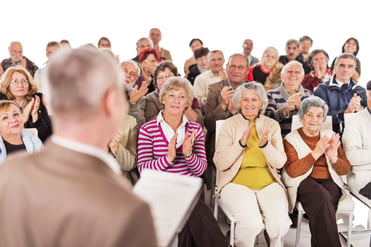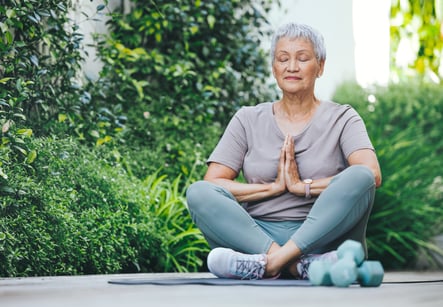 While most of us enjoy the hustle and bustle that comes with the season, we might find our lives accumulating stress. Sometimes we feel stress in the moment and sometimes it isn’t until the holidays have ended, and we feel the exhaustion set in. Thankfully in many senior living communities across the country, exercise and fitness professionals are including techniques in their group fitness or 1-1 programming that can be used to help with relaxation. Consider adding these in as part of your routine this season if holiday stress starts to wear you down!
While most of us enjoy the hustle and bustle that comes with the season, we might find our lives accumulating stress. Sometimes we feel stress in the moment and sometimes it isn’t until the holidays have ended, and we feel the exhaustion set in. Thankfully in many senior living communities across the country, exercise and fitness professionals are including techniques in their group fitness or 1-1 programming that can be used to help with relaxation. Consider adding these in as part of your routine this season if holiday stress starts to wear you down!
1. Breathing with intention. In some of our fitness programing, I like to bring attention to breathing. It is something we do all day and night, but we rarely breathe with intention. Most people only utilize about 30% of their lung capacity with every breath. With more focused breathing we can improve that percentage. Breathing is probably the most direct way we can influence the “parasympathetic nervous system” response. This sounds familiar because many of us have heard of the “sympathetic nervous system” which is what shifts us into “fight or flight” mode, but the parasympathetic nervous system has been called the “rest and digest” system. This tells our body & our nervous system that we are safe and able to relax.
A great place I like to start is to ask participants to simply try EXHALING longer. When you INHALE, think about relaxing your stomach and when you EXHALE think about drawing in the abdomen and belly button. Try to exhale for longer than you inhale. This will feel unnatural at first but with practice will feel better and better. Try it out in the morning or at night and see how you feel. Start with 5 deep and slow breaths. The more you practice this, the more natural this will feel. Practicing this even once per day can make a big impact on your relaxation levels.
2. Mobility focus. We can’t avoid it, all of us end up with stiff/tight muscles and joints and they often feel worse in the cold winter months. In our fitness centers, we like to just encourage prioritizing movement, mobility, and stretching. And a great way to do this is attending your local fitness classes! Simply showing up and moving your body promotes blood flow and healing. Certain areas such as our ankles, knees, low backs, hands, and neck can feel stiff and painful. Movement and exercises can keep these joints healthy and lubricated.
3. Meditation. This goes hand in hand with breathing. But meditation goes a step further and allots us time to release some of the stress of day-to-day living. We often find ourselves worrying about the past and the future. Taking even a few minutes to meditate on the present moment without stressing about what has happened or what will happen. Regular meditation can improve our physical and mental health. If you aren’t sure how to meditate, there are a lot of great resources you can access online. Or even better, consider reaching out to your local fitness or senior center, they likely have a great place for you to start!
Stress management is important any time of year, but the additional demands on our time make it more apparent during the holiday months. Will you use these techniques if you are feeling stress this holiday season? We hope you will and let us know how it made you feel!
If you would like to learn more about how NIFS Fitness Management can help your community expand beyond the four walls of your fitness center, reach out! NIFS would love to assist.


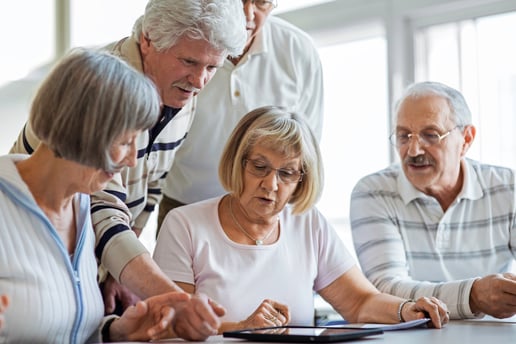 How can older adults improve their wellbeing, grow closer to others, and enhance the community in which they live? Practicing vocational wellness is a great way to accomplish these important feats.
How can older adults improve their wellbeing, grow closer to others, and enhance the community in which they live? Practicing vocational wellness is a great way to accomplish these important feats.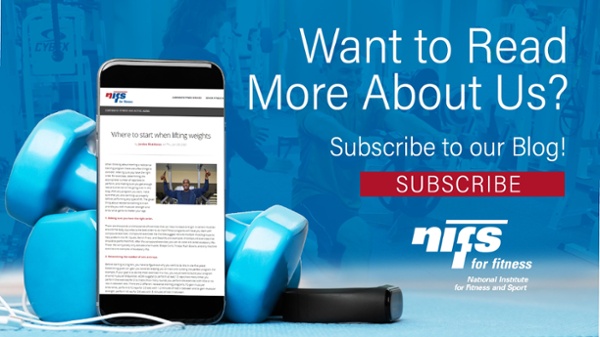
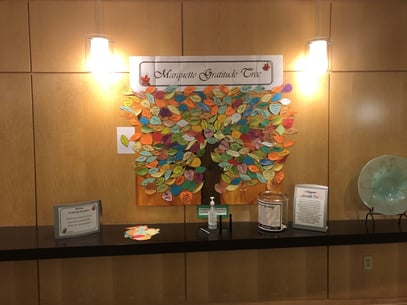 NIFS active aging staff across the country provided a focus on self-care programming for the senior living residents we serve with an emphasis on a variety of avenues to practice gratitude. While 2020 may have left us feeling restricted with so many variables outside of our control, practicing gratitude as a component of a well-rounded self-care routine empowered residents to reflect on the positive aspects in their life and enhance their well-being. After all, research has proven that people who practice gratitude show more positive emotions, demonstrate more kindness, and even have stronger immune systems.
NIFS active aging staff across the country provided a focus on self-care programming for the senior living residents we serve with an emphasis on a variety of avenues to practice gratitude. While 2020 may have left us feeling restricted with so many variables outside of our control, practicing gratitude as a component of a well-rounded self-care routine empowered residents to reflect on the positive aspects in their life and enhance their well-being. After all, research has proven that people who practice gratitude show more positive emotions, demonstrate more kindness, and even have stronger immune systems.
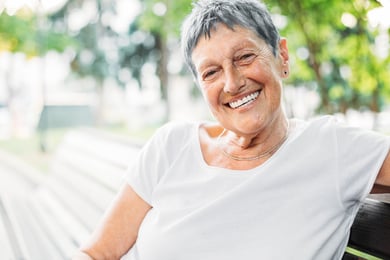 2020 has become a year to remember and maybe not in a good way, but instead on focusing on our limitations, lets focus on what we can do. Here is your guide to surviving quarantine:
2020 has become a year to remember and maybe not in a good way, but instead on focusing on our limitations, lets focus on what we can do. Here is your guide to surviving quarantine: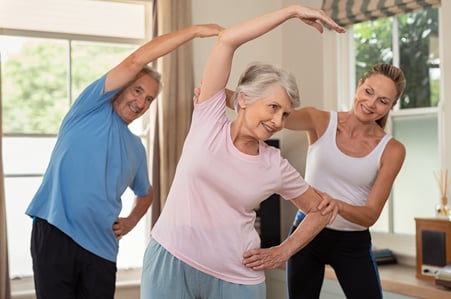 Let’s look at some examples for September’s health observances that align with the lifestyle that residents in senior living communities have at their fingertips every single day:
Let’s look at some examples for September’s health observances that align with the lifestyle that residents in senior living communities have at their fingertips every single day:
.jpg?width=359&name=GettyImages-1137196547%20(1).jpg) Socializing might look different now than it used to, but you can still enjoy time with others!
Socializing might look different now than it used to, but you can still enjoy time with others!
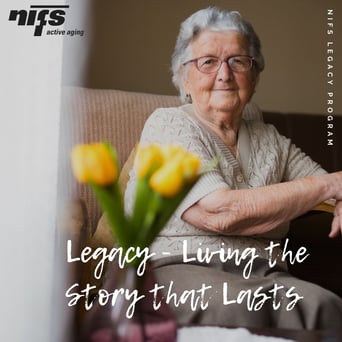 In February, you may have read about
In February, you may have read about 
.jpg?width=501&name=GettyImages-1138813719%20(1).jpg) If you’re looking to improve the overall happiness and well-being of your residents—and even yourself—try taking your offerings outside of the fitness center and straight into nature!
If you’re looking to improve the overall happiness and well-being of your residents—and even yourself—try taking your offerings outside of the fitness center and straight into nature!

